I get lots of questions from folks asking how to adjust gluten free recipes for high altitude and my first answer is that you might not have to make an adjustment at all. These high altitude gluten free baking tips cover most all the major issues encountered by mile-high bakers, but if you want to add anything additional that you’ve learned through experience baking at high altitudes, please do!
High Altitude Gluten Free Baking Tips
Those of us unaccustomed to high altitudes often experience shortness of breath, headaches and quick sunburns when we visit higher locations. The air is thinner and the pressure is lower at 5,000 feet above sea level and beyond, but people aren’t the only things affected.
The same conditions that create these physical problems for living creatures can also affect baking, but not always.
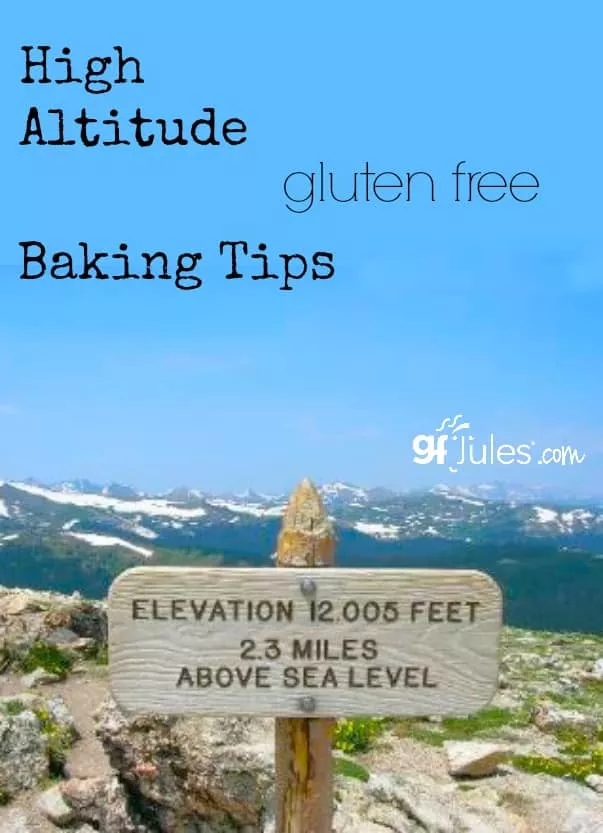
First let’s look at what happens when there is low atmospheric pressure, low humidity and thinner air. The first things you’ll notice in the kitchen are a lower boiling point, more rapid rising and drier baked goods from the reduced humidity.

Where this requires a change in gluten free baked goods is primarily in the leavening. Breads rise faster, leading to potential cave-ins because the cell structure isn’t set well enough to hold the bread’s shape.
Other leavening agents like baking powder and baking soda will also cause the gases in breads and cakes to expand/rise faster. (One teaspoon of baking powder at 5,000 feet yields 20% more volume than at sea level!)
So my recommendation is to try the gluten free recipe without adjustment first. Keep good notes so that you remember any problems that developed with each recipe, and what solutions you devised that worked. If you encounter problems, reference these tips to help.
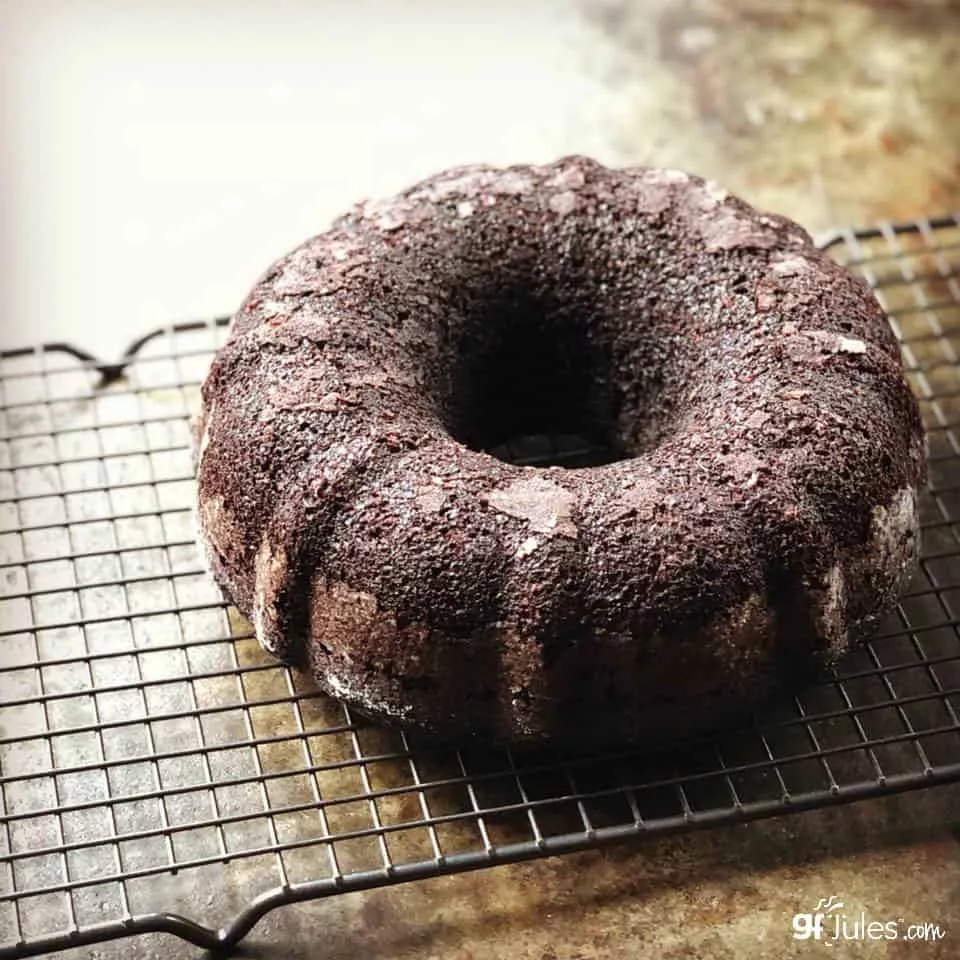
♦ What if your gluten free bread or cakes rise too fast and then collapse:

- Adjust the leavening agents: reduce baking powder by 1/4 teaspoon for each teaspoon called for in the recipe if you are baking above 6,000 feet. If you are baking at 8,000 feet or higher, reduce by 1/2 teaspoon for each teaspoon in the recipe.
- Reduce the rise time of yeast breads. Do not let the dough rise higher than the side of the pan. Check frequently to ensure bread is not rising more than double its size before baking.
- Do not fill muffins or cake pans more than 1/2 full.
- Do not omit salt in yeast bread recipes because salt will help to contain the rise.
- Try increasing the baking temperature by 25 degrees to help heat then set the cell structure faster so that it is better supported after cooling.
- Use extra large eggs instead of large eggs (eggs contain protein which helps to provide structure)
- Do not over-beat eggs, as this will enhance the rising of batters, which is not advised at high altitudes.
- For more gluten free bread baking tips, check out this article.
♦ What if your baked goods don’t rise well:
- Reduce salt and try switching to using unsalted butter if that is in the recipe, as salt can kill yeast.
- Increase the oven temperature by 25°F for breads, 15°F for cakes and reduce the bake time (bake time with have to be adjusted according to the recipe)
- Decrease the sugar in your recipe by 1 tablespoon per cup (due to increased evaporation, sugar will be concentrated and may weaken the recipe’s structure)
♦ What if your baked goods aren’t fully cooked (wet inside or dense):
- Bake longer! Some cakes and breads which bake in under an hour at sea level can take up to 1 hour and 20 or 30 minutes to bake at altitude. Reduce the oven temperature to 325F and bake for longer, checking frequently with a toothpick or internal thermometer to be sure it’s fully cooked before removing to cool.
♦ What if your recipe bakes out drier and more crumbly than it ought to be:
- Increase liquid by 1-2 tablespoons if baking at 3,000 feet; 3-4 tablespoons if baking at 6,000 feet; 4-5 tablespoons if baking at 7,000 feet or higher. A good rule of thumb is to increase liquids by 1/2 Tbs for every 1,000 feet over 3,000 feet.
- OR decrease gluten-free flour by 1 tablespoon per cup of flour.
- Add 1-2 Tablespoons of honey, agave, coconut nectar OR pure maple syrup to help hold moisture.
- Try substituting shortening for butter – it holds more liquid.
- Cover bread dough with damp towel to add humidity.
- Be sure you’re using gfJules Gluten Free All Purpose Flour to keep your baked goods light and soft, and to replace of other flours like bean or brown rice blends which already produce dry and crumbly foods.

♦ What to do if your gluten-free cookies flatten:
- Reduce the shortening or butter by 1-2 tablespoons.
- Substitute shortening for butter.
- Add 1/8 cup more gfJules Gluten Free All Purpose Flour per each cup of flour in the recipe.
- Reduce the amount of additions like chocolate chips.
- Add a tablespoon or so of powdered milk or non-dairy powdered milk (not reconstituted)
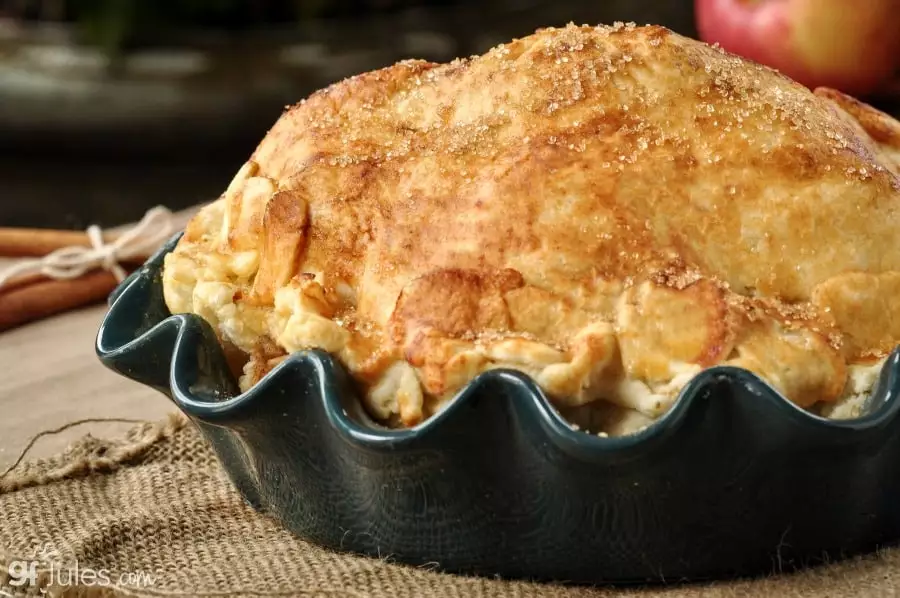
♦ What if your gluten free pie crusts or pastries are dry or tough:
- Reduce gfJules Gluten Free All Purpose Flour or use less flour to dust with and handle the crust as little as possible.
- Ensure the fats (butter, oil, shortening) and liquids are very cold when mixing.
- Increase liquid by up to 25% (I add 2-3 tablespoons of vodka to the liquids in my pie crusts with great success!)
- Never, never over-work your pastry doughs!
- For more gluten free pie crust tips and recipe, check out my top-rated Tips!
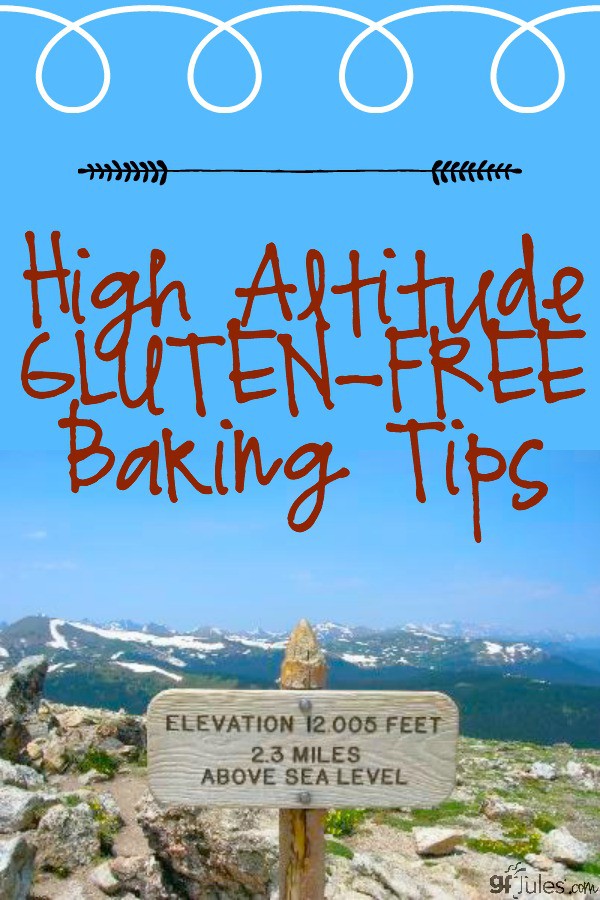







 (10 votes, average: 4.30 out of 5)
(10 votes, average: 4.30 out of 5)











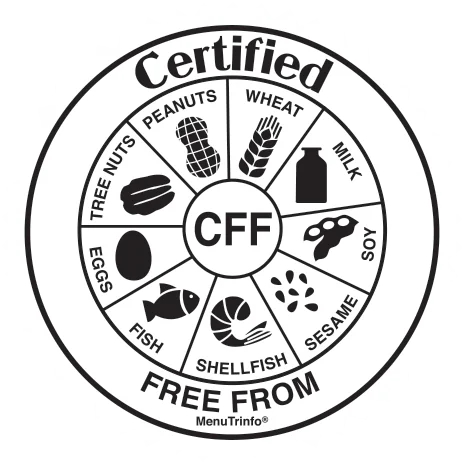


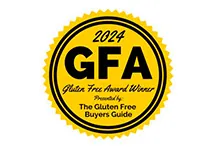

Thank you so much for these very thorough pointers, I will be referencing these often.
You’re wonderfully informative, I love all the great baking advice you have! I shared this on FB
Jules, you do a great job on everything, I have been Gluten Free since 2007 I still find new thing every day , thank-you so very much.
I do not have problems with high altitudes, but I have really enjoyed all your sharing info these past 10 days. I have learned a lot.
Thanks.
My hat’s off to you, Jules. You rock!
Thanks, Angel! Hope these tips are helpful!
This “10 Days of Gluten Free” has been amazing! Your tips are always excellent and appreciated. I am learning so much!! Thank you so much for the ideas and for your “Getting Started” pack! I have really enjoyed it!!!
Thanks for all the helpful tips! Now I just need to start baking.
I shared on facebook
Sad that the 10 day blog hop is over.
Me too, Jessica. But at least now there are so many wonderful posts we can all reference!
Jules, thank you so much for sharing so much wisdom these past 10 days. I’ve looked forward to reading each day’s post and will continue to follow your blog in the months to come
Thanks, Jena – so happy to have been helpful! Lots more goodies to come – stay tuned!
It is so nice to find a blog where the author provides information that is actionable. Thank you!
I do travel, but it tends to all be at low altitudes. Though now I have information if anyone ever asks me. That’s nice.
I live at 6500 ft., and I do have to adjust. There were a few suggestions here I’ve never heard of even after more than a decade of living here! I’ll have to give them a try. Thanks!
Almost everything I’ve made has come out fine. I’m never quite sure if I live at a high elevation (just over 3000 ft.) Some cookbooks say 3000 and some say 3100. But if most of my baked goods come out fine, I guess I don’t need to adjust.
Thanks–and thank you for participating in the 10 days of Gluten Free…as always great tips
Good to know for mountain vacations! Thanks!
I shared your blog on twitter.
I’ve shared my love of your products and baking insights on Twitter! Thank you for all of your mixes and recipes over the last 6 years. You’ve been my gf baking savior!
Thanks Beth! So happy to be of help to you!
As always = great info – thanks Jules for making GF normal again. . .
Oh, cool! And helpful stuff for avid bakers like me, who have a tendency to travel to odd places at times.